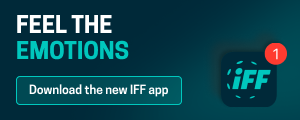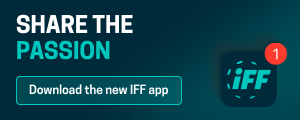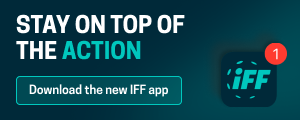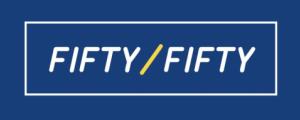CarbonLink’s real-time calculation visualises the emissions of league activities and encourages the reduction of match travel.
The Finnish Floorball Federation and CarbonLink, which specializes in real-time measurement of carbon footprints, have started a collaboration aimed at reducing the environmental impact of the federations activities on a fast schedule.
The goal is part of the federations sustainability programme approved a year ago, where the environment is one of the seven priority areas. The sustainability program is planned until 2026.
– In the federation, we have made environmental matters central. We want to leave a vibrant earth for the next generations as well, says Jari Kinnunen, Director of Public Relations of the Finnish Floorball Federation.
Measuring the carbon footprint of private individuals and companies has been done for a long time, but it is still quite new in the activities of organisations. According to Kinnunen, the selection of CarbonLink as a partner was influenced by several factors.
– The collection of data takes place automatically from concrete numbers of the federations financial administration, such as invoices. This enables almost real-time and continuous monitoring, on the basis of which decisions can be made. This is also a cost-effective way to get essential information to support decision-making, Kinnunen lists.
He emphasizes the importance of concrete decisions. The federation is well equipped to make decisions, as long as data is obtained and it can be compared.
– We don’t want to be guilty of greenwashing, and with this system we aim to ensure that the plans do not remain just words.
Although the continuous monitoring of the carbon footprint is an excellent basis for decision-making, it does not in itself provide answers about the means of reducing emissions.
– Data mining and understanding must be practiced. There will certainly be masses of information. In a certain sense, data is a good servant, but a bad master, Kinnunen reflects.
Still, practical actions have already been planned. It is easy to identify the competition activities of the federation as burdening the environment in a country of long distances.
– The expediency of national series is critically considered. Some of the series will become more regional. The referee appointment also aims to reduce travel by favoring locality , Kinnunen lists.
Shorter trips save not only nature, but also the costs and time of playing floorball, which is often valuable for juniors and their parents.
Floorball has a long tradition of a tournament format, which Kinnunen considers a good model instead of teams traveling separately to individual matches.
Until now, the environmental impact of running league operations has only been roughly estimated, but CarbonLink’s system will soon provide data on this issue as well.
– Of course, this is still new for us. It is difficult to know what is a lot and what is a little, says Kinnunen.
Comparison is made easier by the fact that the (financial) system has historical data from the previous two years. According to Kinnunen, international competitions (World Floorball Championships) appear as a spike in the statistics, but this is to some extent understandable.
In a certain way, competition and gamification would also suit sports. However, Kinnunen does not consider it appropriate to “beat” other organisations or sports federations, or to compare in general.
– Here we strive to develop our own work.
The emphasis on environmental values can also be seen in the fact that, for example, when negotiating contracts for equipment suppliers of national teams, the sustainability programmes of partners are taken into account in the competition.
In Kinnusen’s opinion, the federation should set an example in the change of attitude towards the floorball clubs. It is important that the results of the monitoring and the decisions that follow are communicated openly.
In the coming weeks the Finnish Floorball Federation will publish more info about CarbonLink system.
(translated from an news article on salibandy.fi published 12.6.2023 / text by Erno Rautarinta)




